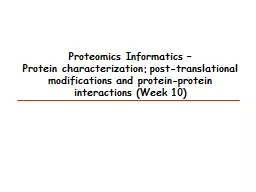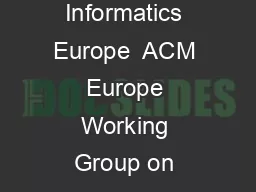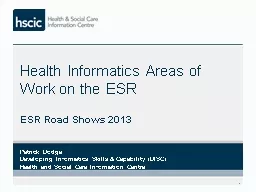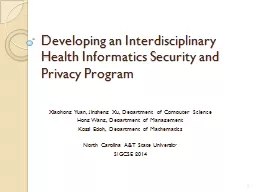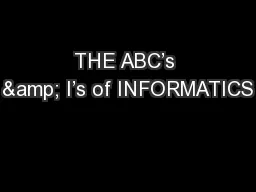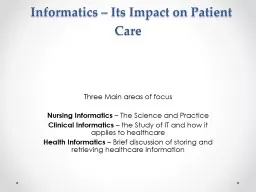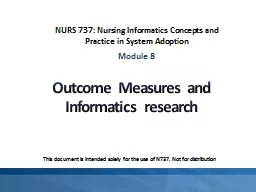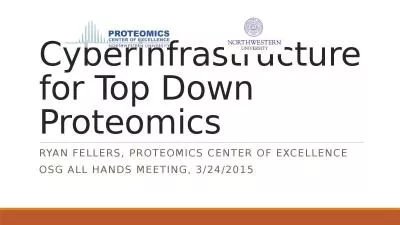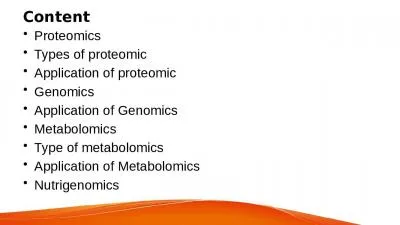PPT-Proteomics Informatics –
Author : calandra-battersby | Published Date : 2017-10-30
Protein characterization posttranslational modifications and proteinprotein interactions Week 10 Top down bottom up Top down Bottom up masscharge intensity Top
Presentation Embed Code
Download Presentation
Download Presentation The PPT/PDF document "Proteomics Informatics –" is the property of its rightful owner. Permission is granted to download and print the materials on this website for personal, non-commercial use only, and to display it on your personal computer provided you do not modify the materials and that you retain all copyright notices contained in the materials. By downloading content from our website, you accept the terms of this agreement.
Proteomics Informatics –: Transcript
Download Rules Of Document
"Proteomics Informatics –"The content belongs to its owner. You may download and print it for personal use, without modification, and keep all copyright notices. By downloading, you agree to these terms.
Related Documents

